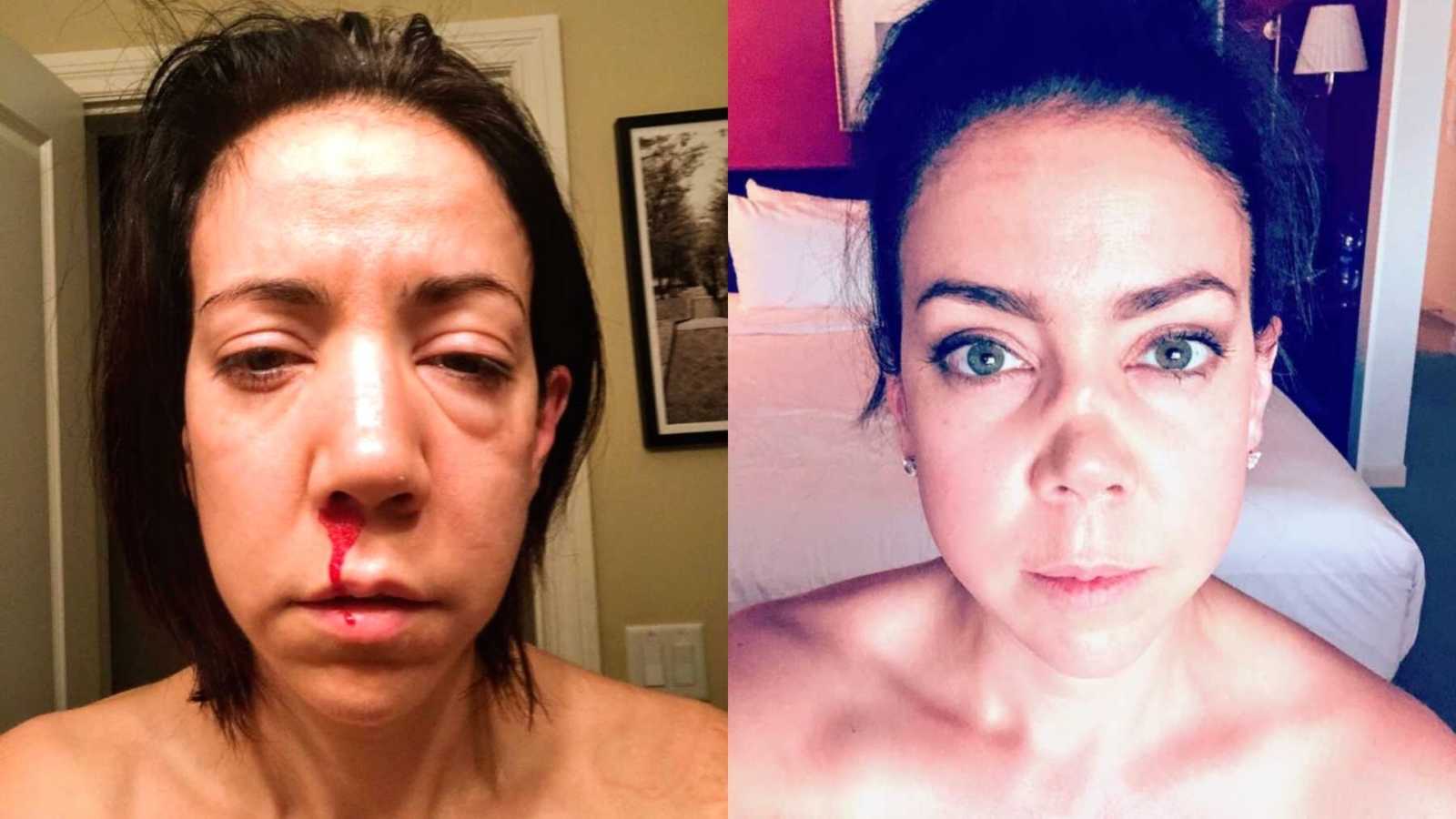“It started when I began to extricate myself from the untenable arrangement of my first marriage. I was tired. Really tired. The kind of tired that leaves you feeling like you’re walking along the bottom of the ocean, your legs like lead, everything seemingly moving in slow motion. I chalked it up to long hours working while doing my MBA and promised myself when my last exam was done, I’d pump the brakes, sleep longer than 4 hours, and take a vitamin or two.
Over the course of the next couple of years, I’d noticed school was starting to feel challenging. My memory was unreliable, and I couldn’t make basic concepts stick, despite spending hour upon hour studying. Exam weeks were hell. I’d collapse into a puddle of tears and frustration, unable to figure out why I couldn’t kick the exhaustion and concentration issues—why did it feel so hard?
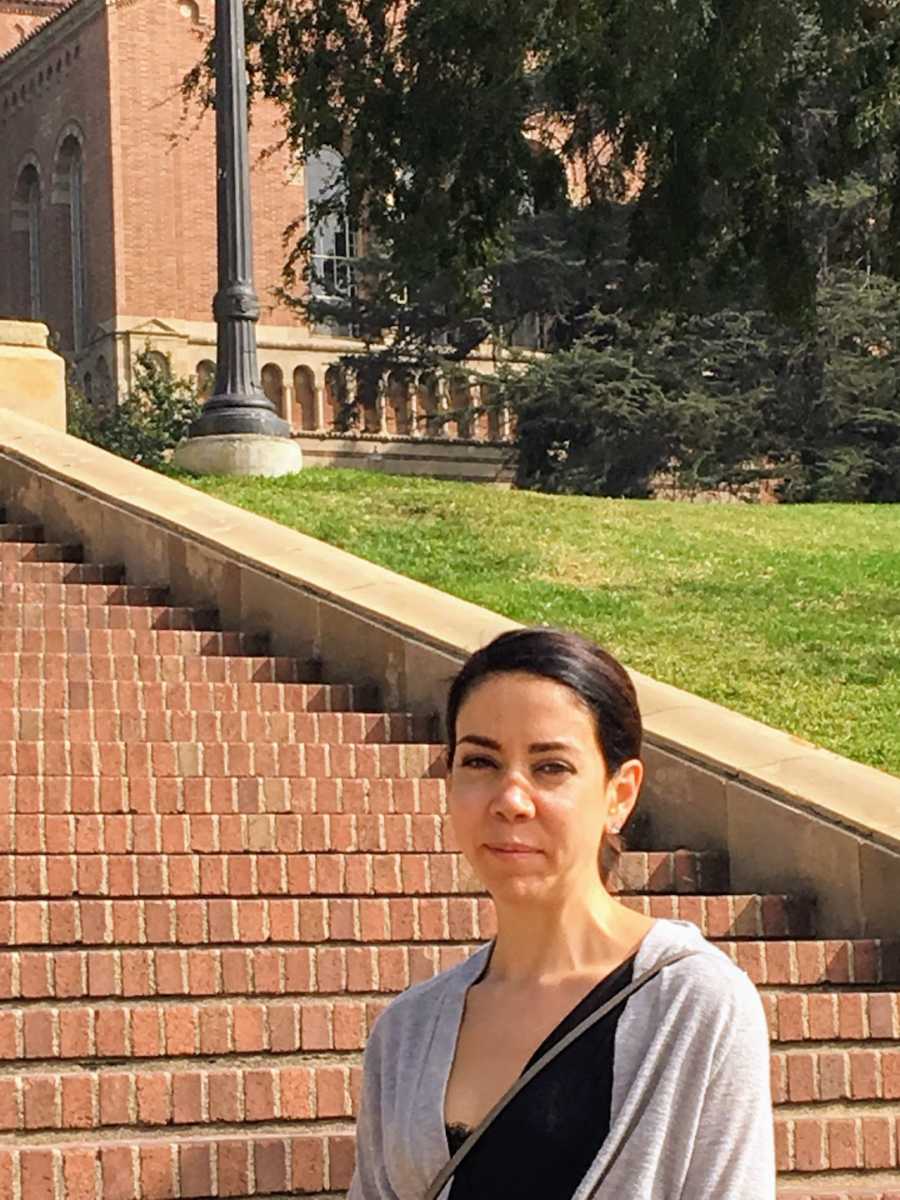
I started experiencing hair loss, scalp tenderness, facial swelling, joint pain, and night sweats so badly my then-boyfriend (now husband) started joking I must be undergoing ‘the change.’ Sleeplessness would beget sleeplessness, resulting in me randomly passing out in the middle of the day. My anxiety, which had verged on paranoia in the midst of my divorce, began to rear its head again and I felt myself slowly coming apart. Any sparkle and zest for life I had vanished. I felt like an 80-year-old in a 35-year-old body. Something was very wrong. I went for bloodwork and a routine physical—all came back normal. So, I spent thousands of dollars on a naturopath and every test under the sun that might explain my symptoms. Food intolerances, organic acids, hormones, neurotransmitters—you name it, I tested it… or so I thought.
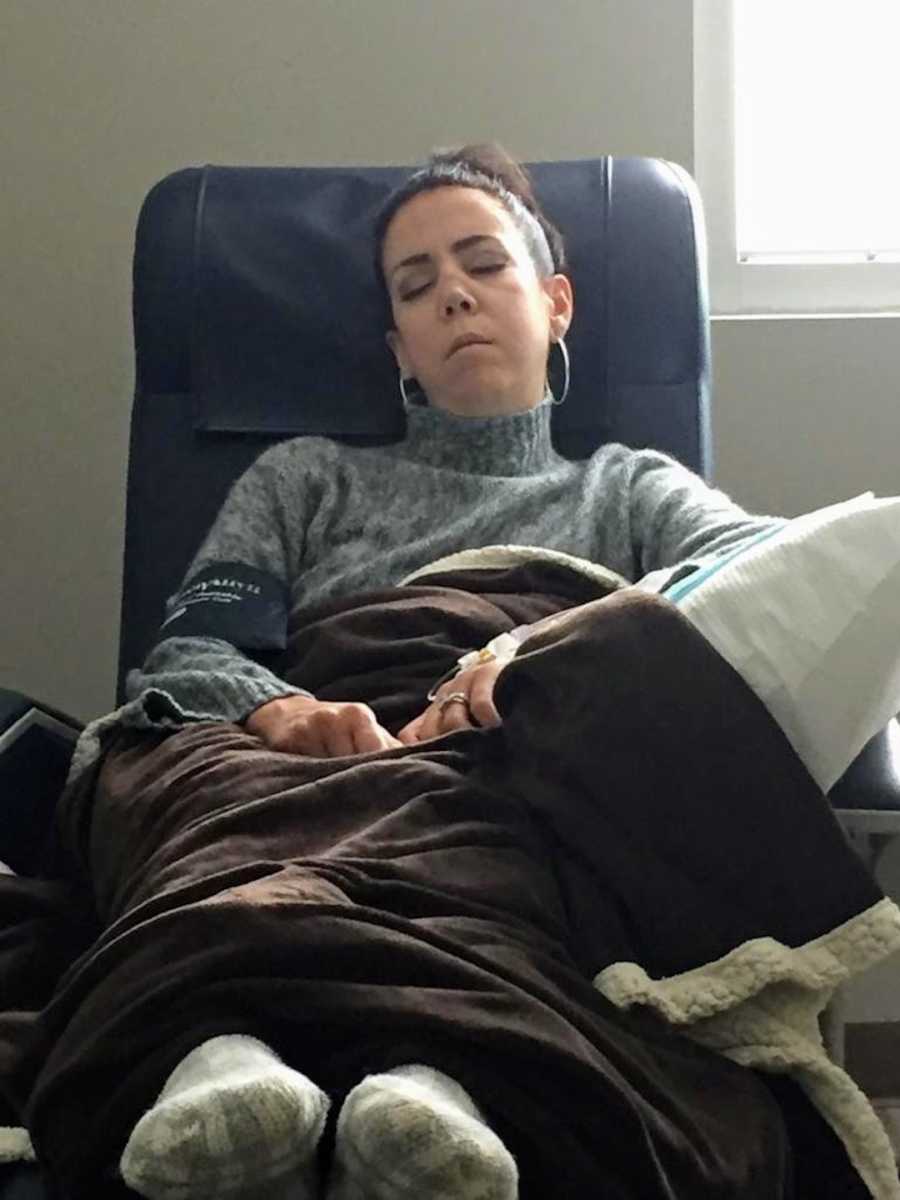
Certain markers came back as too high or too low, but nothing holistically explained what was going on. The bloating, swelling, and reflux that had begun in adolescence were now bordering on obscene. Given the evidence-based success of other elimination diets for ubiquitous general malaise, we cut out hard-to-digest proteins, including gluten and dairy (casein) and other common offenders, like booze and sugar. Any residual swelling suddenly evaporated and I found myself shopping for new clothing.
While I finally felt comfortable in my skin, friends and coworkers tried to politely hide their horror at my shrinking frame. We were well past the point of healthy weight loss. And I still wasn’t any better. Mercifully, I was coming to the end of my MBA, which had felt interminable. I had a single derivatives exam left. If I could just get through it, I could focus on rest and recovery and try to snap my body out of this downward spiral.
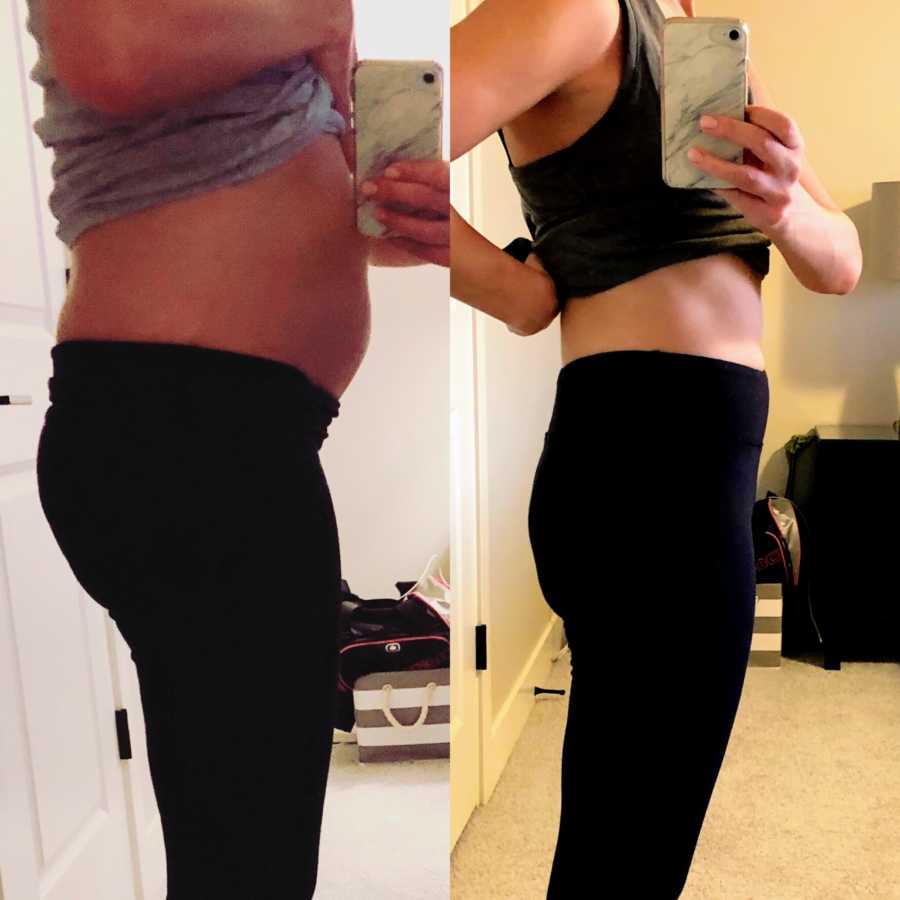
The exam came and went. My memory failed me on one of the case studies, so I was positive I had failed the course and would have to rewrite it. Within days though, my symptoms escalated to such a degree I became unconvinced I would ever receive my diploma.
It’s easy to joke about in hindsight—the moment when I thought my tombstone might read, ‘She died bending over a produce drawer.’ Not exactly the glorious, ceremonial exit I’d planned for. At the time, though, I just remember being surprised. My nasal capillaries had given way and I was standing in the middle of a crime scene in my kitchen, blinking in stunned silence at my significant other. He quickly threw a towel at my face, mopped up what he could of the blood on the floor, and whisked me into his car for the first of three visits over a 3-month period to urgent care.
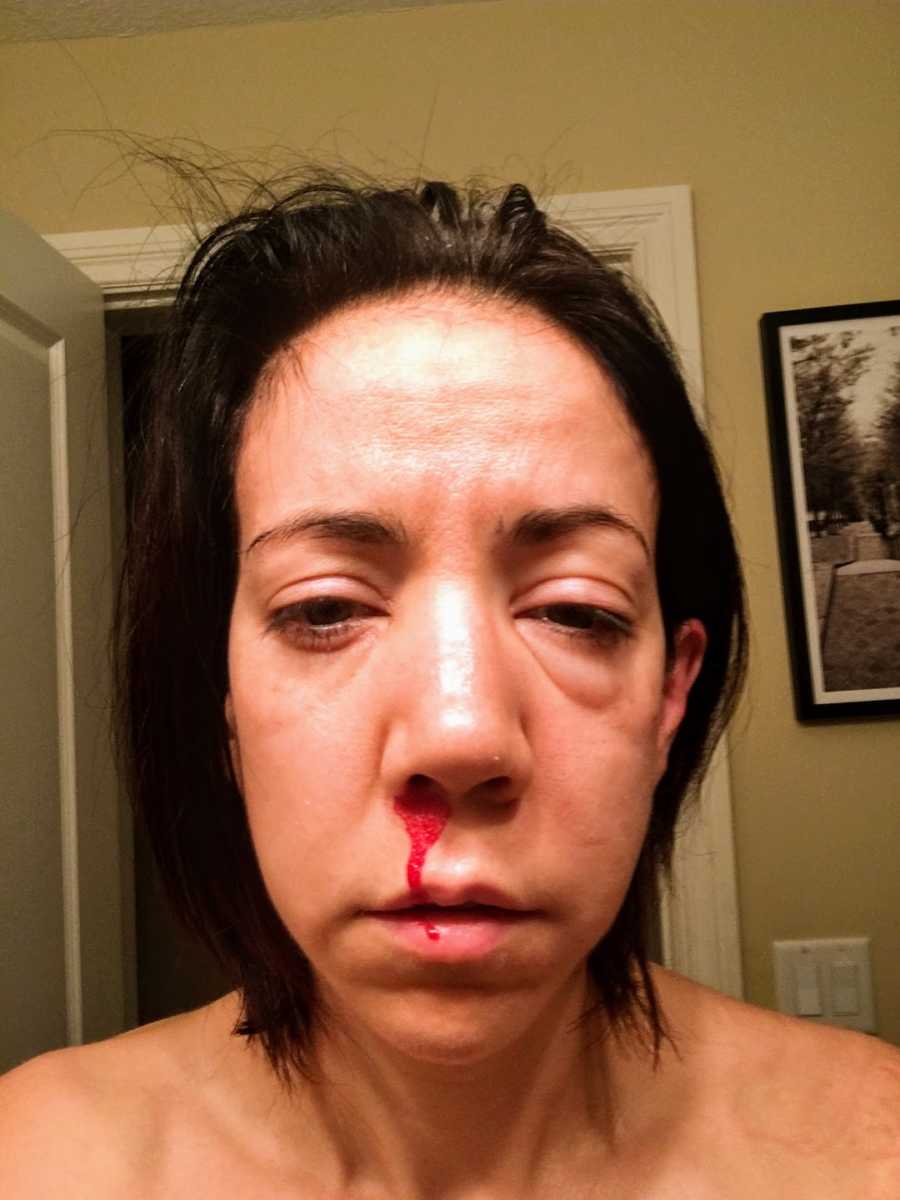
He later told me he was convinced at that moment I had a brain tumor and he was going to lose me in the same manner in which he lost his parents—to cancer. My first two visits to urgent care mimic the stories of so many other patients who aren’t first believed when they know something is dreadfully wrong. Doctors’ ten-plus years of medical school and residency are enough to make anyone second-guess their own instincts, myself included. Never mind my face was the size of jackfruit and I’d had strange symptoms for years—of course, it was just a run-of-the-mill sinus infection! Except it wasn’t, of course. By some miracle, I had seen an ENT surgeon at the beginning of my nasal swelling who was willing to see me again without a referral, and who immediately suspected something more sinister was afoot. He had witnessed my symptoms and their severity only one other time before, and missing the diagnosis the first time around was one of the defining moments of his career.

‘You definitely have an immense amount of inflammation,’ he said. ‘I’m going to prescribe an extremely heavy-duty antibiotic I’ve had some success with and send you for an urgent CT, but I suspect this might be autoimmune.’ I was in total denial he might be right—mainly because, to this point, I’d self-identified as an average adult. Autoimmune diseases didn’t happen to people like me who lived a relatively mundane day-to-day existence of work, school, and working out. There was no possible way I could ever be exceptional enough for a life-changing diagnosis that would reframe nearly every experience I’ve ever had and my relationship with my body.
When we drove to the hospital for a CT scan, I mentally prepared myself for another set of test results to come back ‘normal.’ But to my surprise, the results were inconclusive— the inflammation in my head and sinus cavity was so extreme the imaging was obscured by a sea of white caused by all the bleeding in my skull.
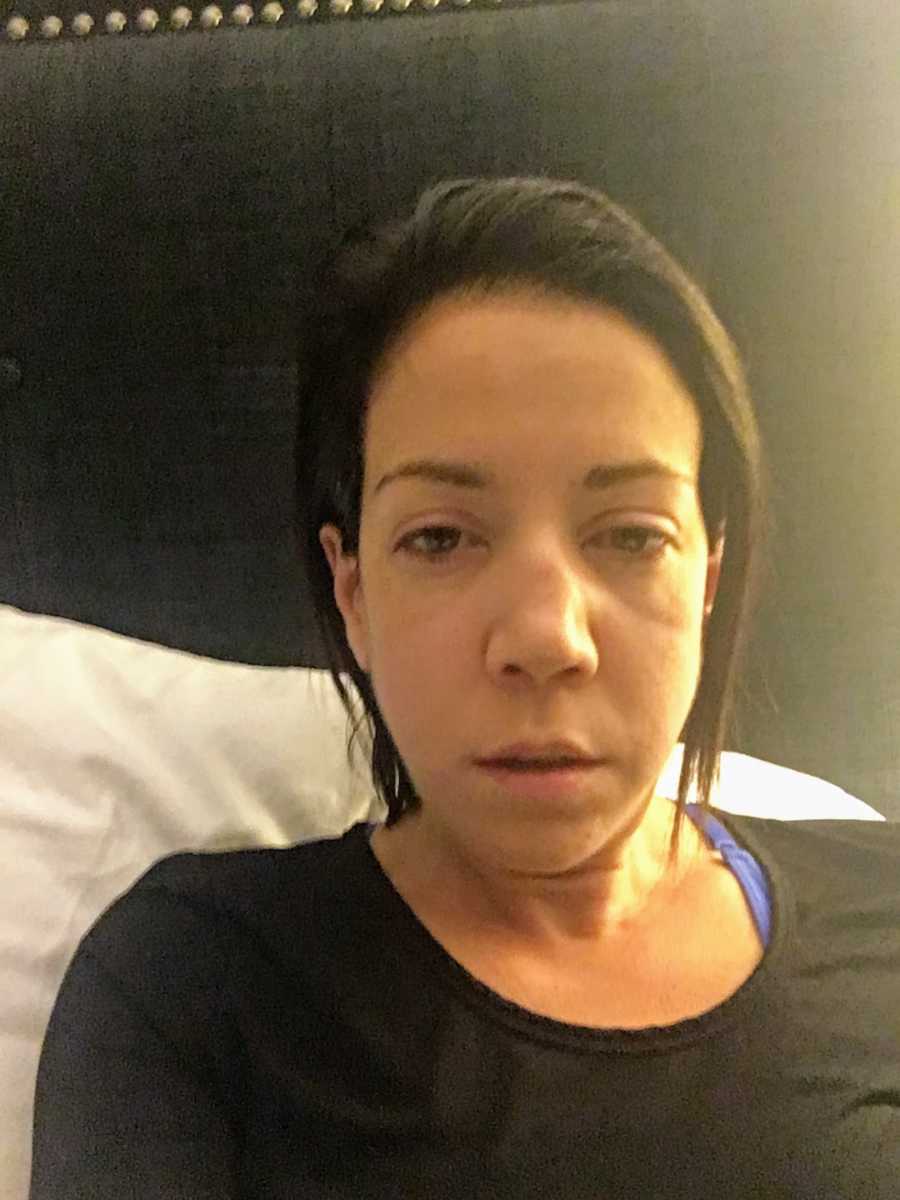
We’d finally confirmed I wasn’t making up my headaches. Things were moving in the right direction. Within days of the end of my antibiotics course, my gums started bleeding and I spiked a fever—a weird thing to happen when you’ve been on antibiotics for the better part of 6 months. Fevers are indicative of infection, and infections should not be happening if you’ve napalmed all of the bacteria in your body. So, back to urgent care we went, and this time I got lucky. I was seen by a physician with a medical school teaching pedigree, a nationally syndicated radio show in Canada, and a health segment on our local TV station who was engaging, curious, and seemed to have a relentless appetite for solving problems. I was one of the most interesting cases he had seen in a long time. He cast my chart aside and started at the beginning, allowing me to explain the genesis and progression of my symptoms over the past several years, ending with the fever and bleeding teeth that had just presented.
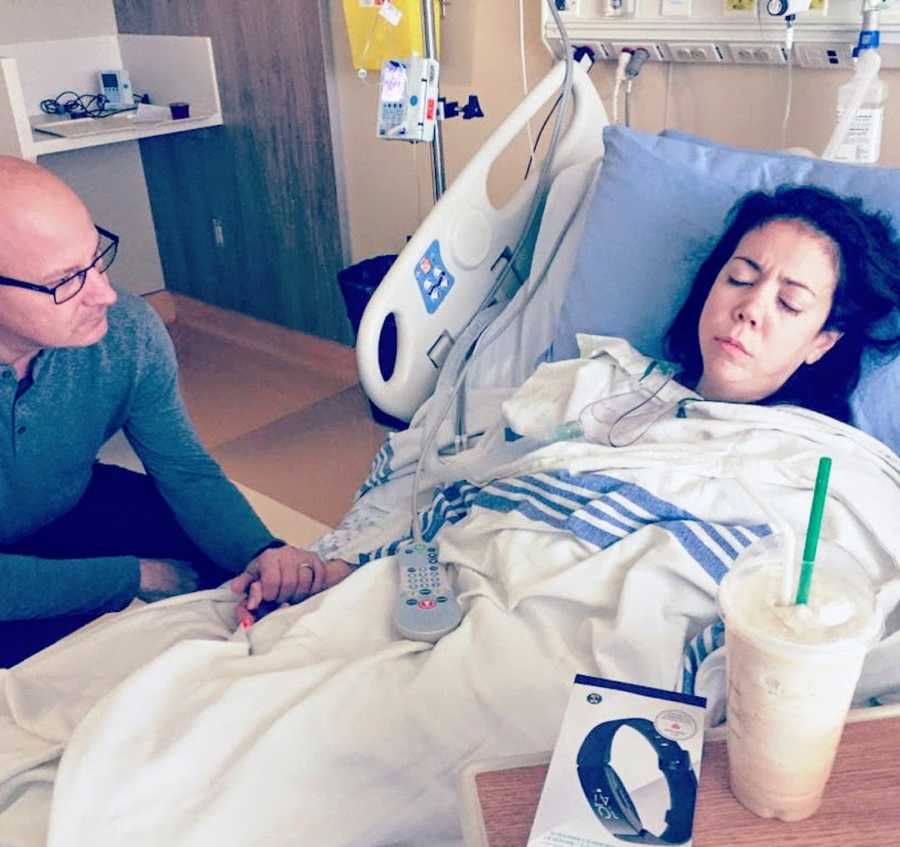
I mentioned the recent CT and suggestion of autoimmune disease from my ENT. He examined me, confirmed my fever, and told me he wished his class of med students was present because he felt I was one of those patients they only read about in textbooks. He refilled my antibiotics prescription and sent me home, but not before running an autoimmune panel—literally, the only blood test I had not done up until this point. Within 3 days, I would have a diagnosis. It was my family doctor who delivered the news over the phone, but my ENT confirmed the diagnosis after seeing my antibody results and inflammation levels. Wegener’s Granulomatosis. An extremely rare but extremely aggressive form of vasculitis that had been necrotizing the small blood vessels in my nose and sinus cavity, and was apparently life-threatening. ‘It attacks the organs of the center body (upper respiratory tract, trachea, lungs, and kidneys),’ said my ENT, who dashed my conviction my test results were a false-positive.
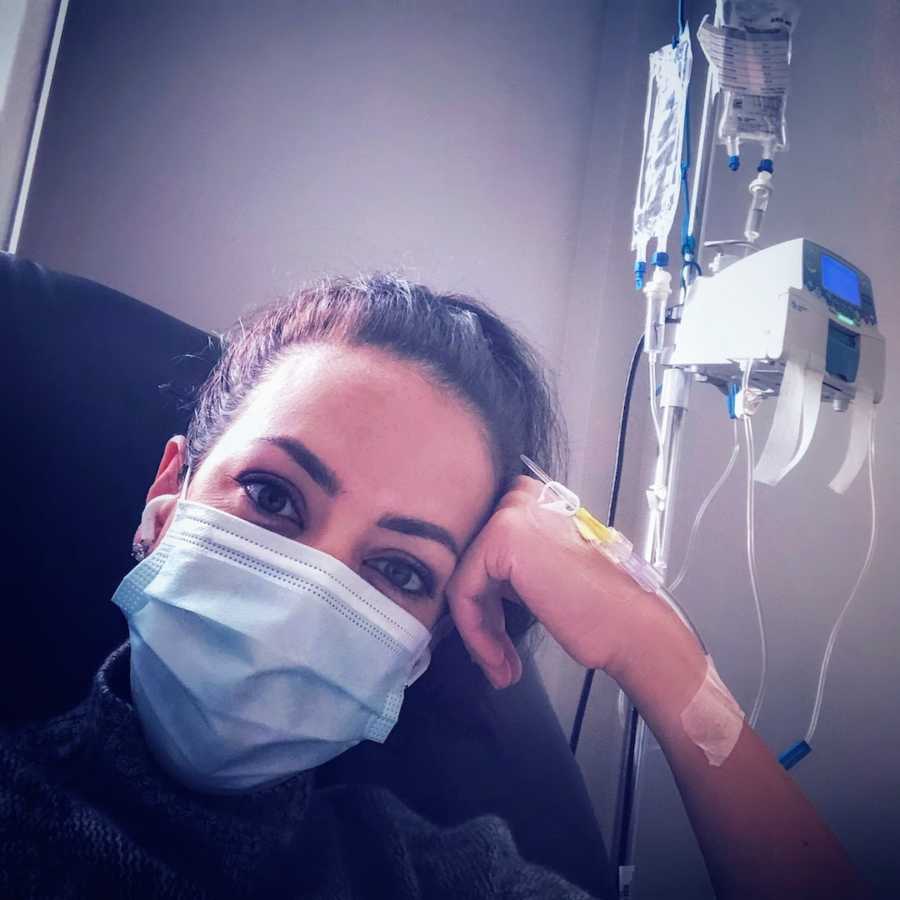
‘There are only two rheumatologists in the city who have experience with this disease and we need to get you in for treatment immediately.’ I’m sure I asked a number of questions about the next steps, but the only thing I remember from the appointment was leaving the exam room with tears streaming down my face, due to a painful nasal tissue excision and running into a former work colleague. He was a harmless enough guy but had a talent for running his mouth. Perfect… I’d just found out I might be dying, and now everyone I’d ever had a professional encounter with was going to know before I was ready to tell them. Oddly, I felt relief. Not because I had this illness, but because I finally had an answer. Finally, I understood why adjusting myself to fit into the world around me felt like fitting a square peg in a round hole. None of my lived experiences were imagined, even if people around me could not relate.
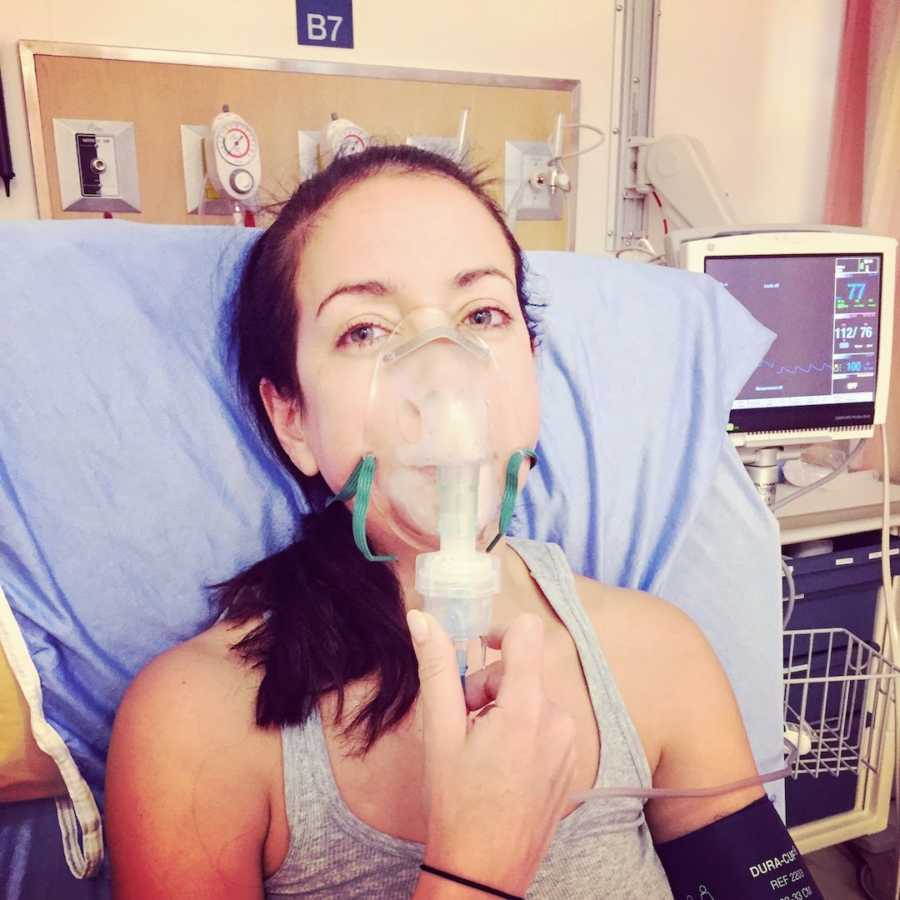
Wegener’s Granulomatosis has been renamed GPA: Granulomatosis with Polyangiitis, as Wegener allegedly had an uncomfortably close relationship with the Nazis. The name is a mouthful and doesn’t lend itself well to an understanding reaction when explaining my condition to others. These days, I avoid the details altogether in favor of the blanket ‘autoimmune’ disclosure to avoid blank stares. Until recently, the prognosis of GPA was a verifiable death sentence, particularly once the disease presented in the kidneys. Since the proliferation of steroid treatments, chemotherapies, and the development of monoclonal antibodies, survival levels have improved dramatically. As I’ve learned, though, surviving and thriving are very different, and while some lifestyle changes help, no amount of celery juice will cure you once the match has been lit, despite what the Church of Gwyneth or Netflix tells you.
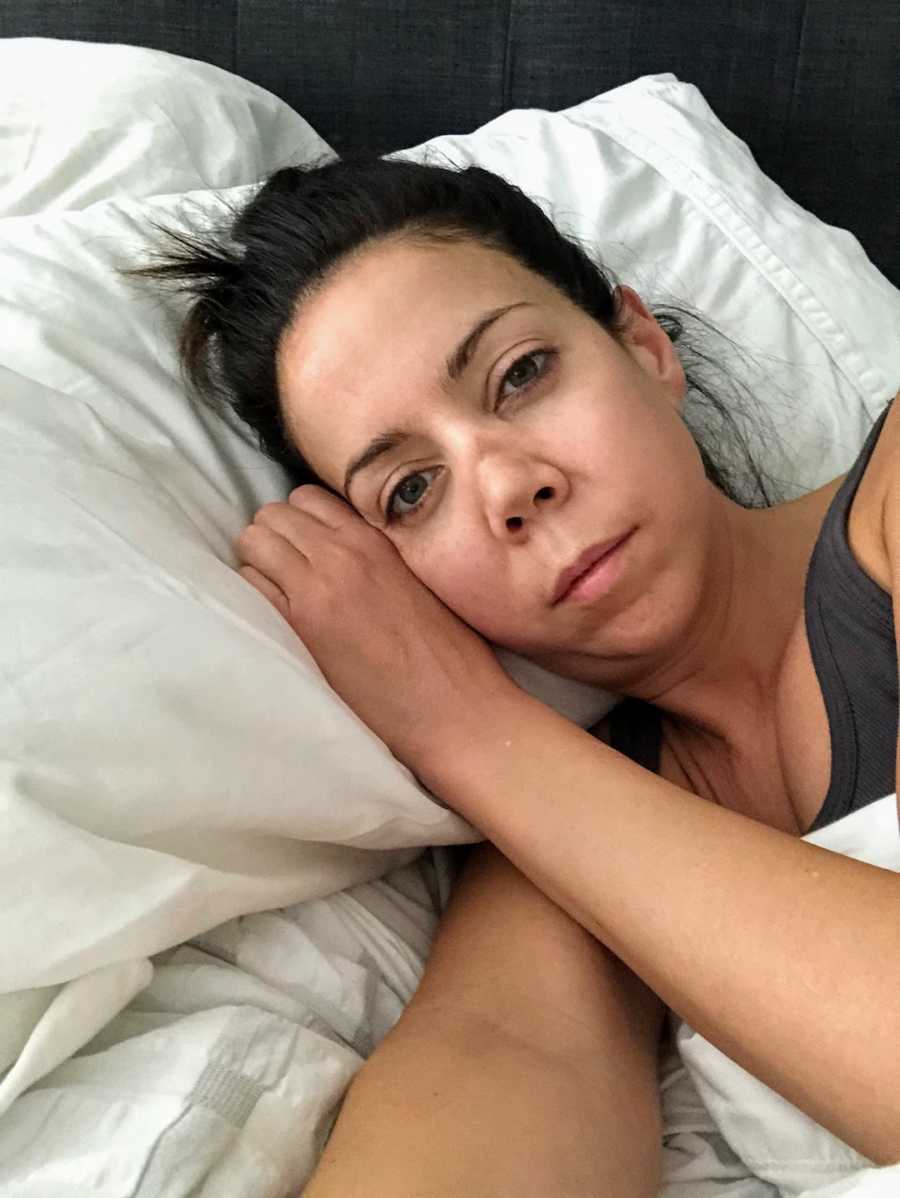
The threat of death was oddly not a concern. I’d faced worse. The really low point came courtesy of Dr. Google. I still felt very uneducated about this extremely rare condition, and, owing to my type-A tendencies, I felt compelled to learn everything about it… immediately. I had some initial shock reading about the damage treatment would do to my body. I’d never really oriented my life around having kids, but the removal of that option before I was expecting it was jarring. I accepted the threat of death, a kidney transplant, infertility, and cancer, but my really low point came when I realized there was a chance I could lose all of my teeth owing to my gum issues. I burst into tears and then simultaneously burst into laughter realizing the ridiculousness of it all. All of those possible horrific outcomes and my teeth were the thing that really threw me over the edge… that figured…

After beginning treatment, I had a long period of deterioration punctuated by hospitalizations, surgeries, and procedures to remedy an airway refusing to stay open. Not only was my face permanently disfigured by a saddle-nose deformity owing to the tissue necrosis (a specific calling card of GPA), but now I had back hair from the prednisone and sounded like Darth Vader every time I got up from my desk to use the restroom. The inflammation had moved from my face—now swollen from steroids—to my trachea, and I gasped for breath simply walking down a hall. My doctors were simultaneously fascinated and aghast by this latest development. While hospitalized, I became the starring attraction for every intern on an ENT rotation who wanted to take a closer look. Since then? We’ve managed to get my disease controlled, though the process has had some drawbacks.
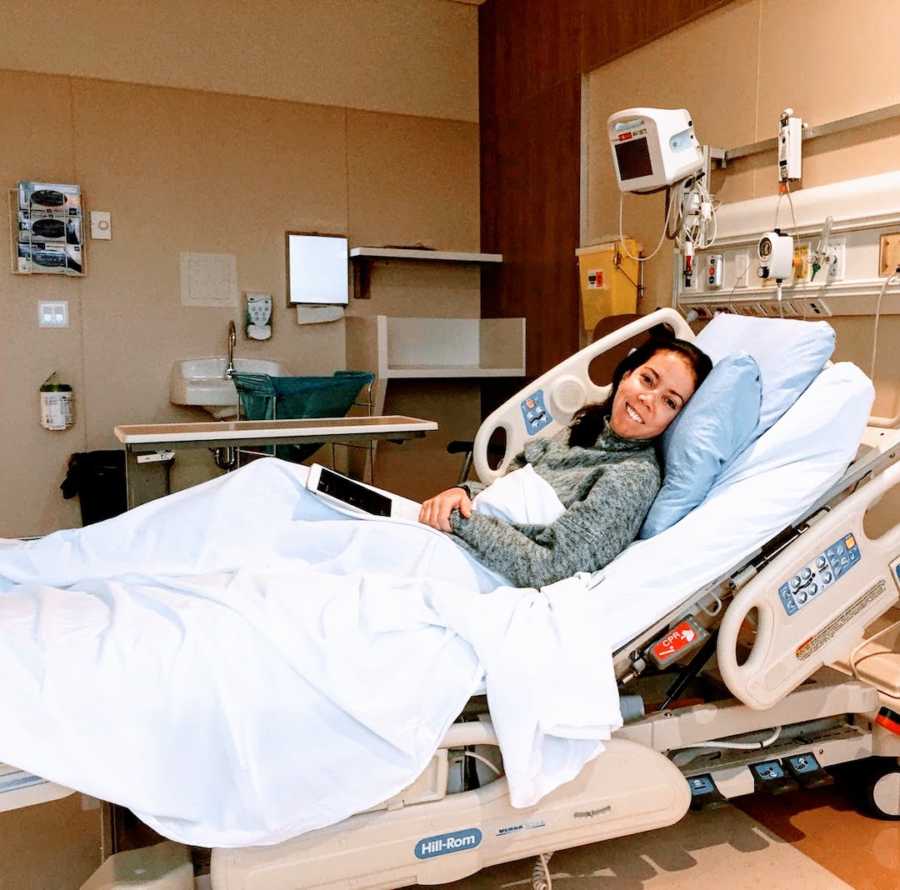
Long-term steroid use has rendered my adrenals ‘insufficient,’ an issue that affects my blood sugar, my thyroid function, and nearly every other hormonal function in my body. My short-term memory is shot from chemo and I bleed when I evacuate my colon—unable to tolerate even small amounts of offending foods, including most vegetables, legumes, grains, eggs, and red meat, which makes dining out, travel, or sharing experiences with friends challenging. A dysregulated body is the ultimate consequence of a specific combination of genes, infection, an overwrought central nervous system, antagonistic stressors, and other lifestyle factors. But even with a definitive diagnosis, the trial and error of treatment feel like an incessant game of Whack-a-Mole. Medications fix one set of issues but contribute to others. It’s a continual process of patience, persistence, and total surrender. Over time, I have begun to reframe the narrative of my situation, refusing to succumb to the temptation of becoming one-dimensional, though it’s been hard to escape my reflection in the mirror—a constant reminder of what I’ve endured.

Dealing with an incurable disease has made me more understanding of others, as the struggle is not a singular experience I alone can lay claim to. I’ve grown closer to my father, who has suffered from chronic pain his entire life, and I am much more aware of and sympathetic to what he’s endured. Still, navigating this new world order is not just about managing physical symptoms. It’s also about making peace with living a smaller life. Giving up the hopes and dreams you once had for yourself. Being unable to take risks because your body can’t handle stress. Planning a smaller future because you can no longer bank on a long and well-defined career trajectory. Living in a smaller space because maintaining a big one is a physical impossibility. Never experiencing pasta, cheese, or wine in Italy. Mourning the things that used to matter—that still matter, but which you know now will never be.
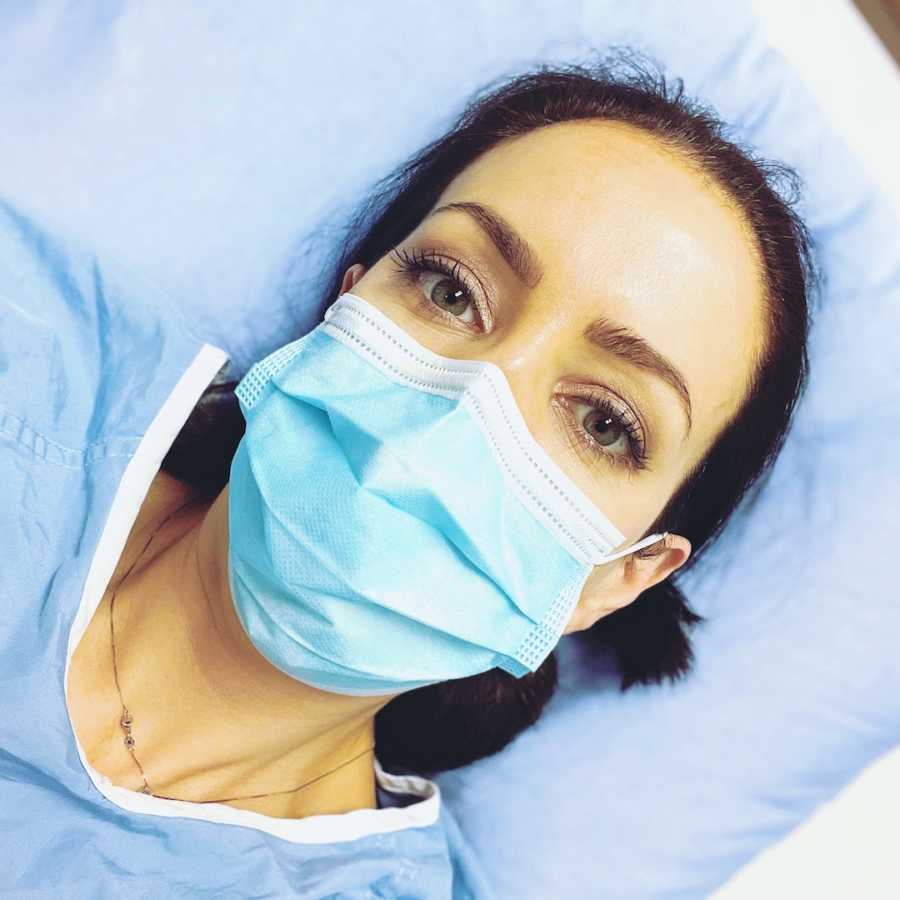
Most people don’t understand leveling up to extraordinary heights is no longer an option. Your capacity for greatness is fixed by your capacity for exertion, and this capacity is absolutely finite. So you grieve. There are bad days, but I never let myself marinate in them. I’ve learned over time once grief has been processed, wallowing in self-pity is wholly counterproductive. Throughout the entire process of seeking a diagnosis, I never missed a day of work. I clawed my way out of the post-divorce hole of despair and continued on despite unbelievable physical, cognitive, and emotional adversity. I had, as it turned out, passed my derivatives class and graduated in absentia with my MBA in finance, my second self-financed degree. The silver lining of my diagnosis was newfound self-respect for everything I had overcome in spite of my illness: a calm steadiness and grounding brought about by the knowledge of who I truly was.
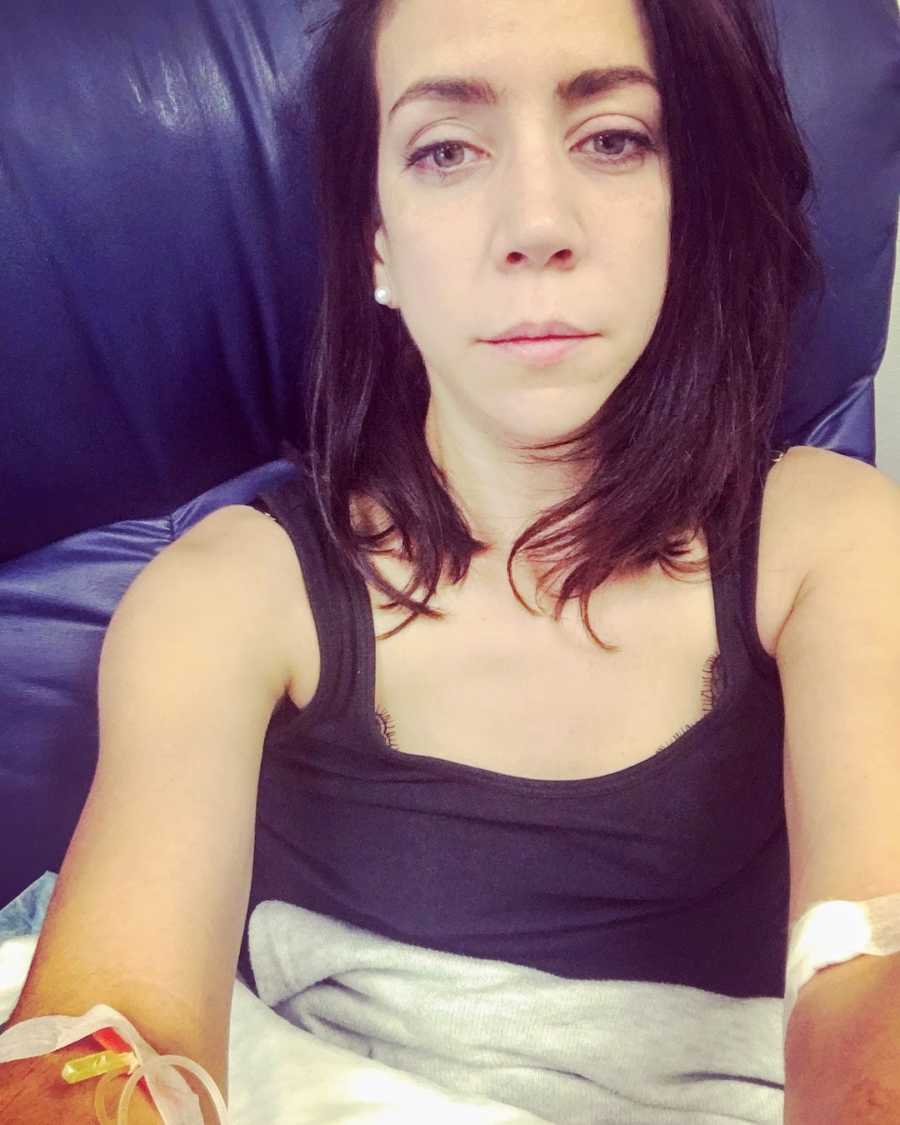
Not defined by my illness, but a warrior who always shows up. Gritty AF. The break from the unrelenting hedonistic treadmill eventually gives way to simpler pleasures. Stillness. Slowness. A deep appreciation for a body that is mostly pain-free and able to breathe and move, and by extension for the extraordinary care team who has brought me back from the brink of a healthcare system that will never cause me financial ruin. Unrelenting displays of friendship, support, and love from my close-knit circle. The ability to still support myself in a career I enjoy. Stretch denim. I now ruthlessly prioritize my life around the things I value. Gratitude, I’ve learned, is crucial. As is total acceptance through every twist and turn. Every day presents me with the choice of how to live with this. Every day I simply show up, I’ve succeeded.”

This story was submitted to Love What Matters by Emily Kyne of Canada. You can follow her journey on Instagram. Submit your own story here, and be sure to subscribe to our free email newsletter for our best stories, and YouTube for our best videos.
Read more inspiring stories from chronic illness warriors:
Provide beauty and strength for others. SHARE this story on Facebook with friends and family.

